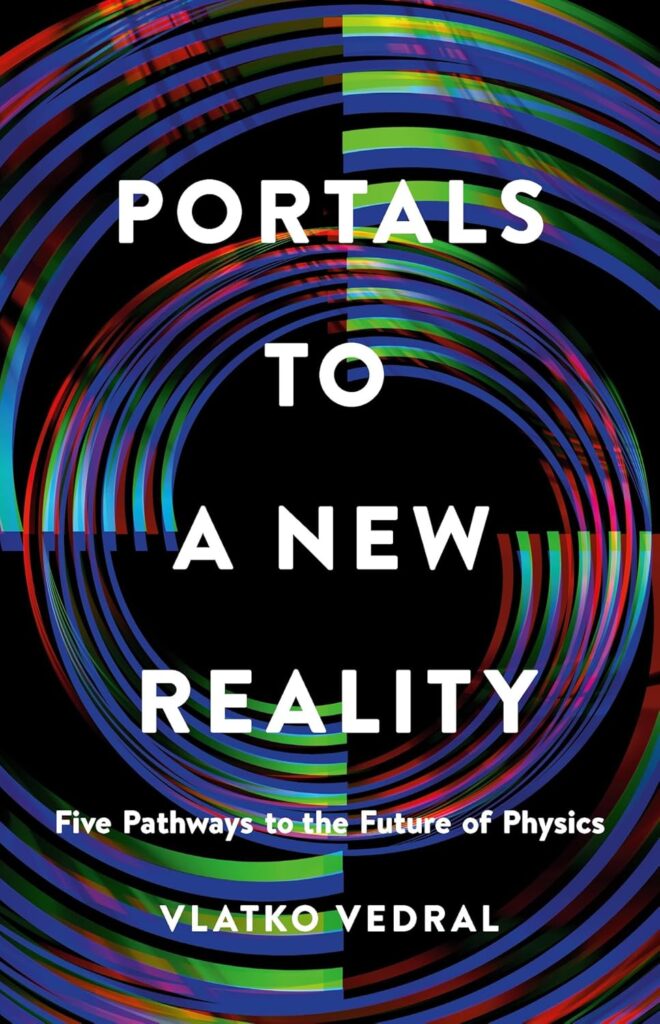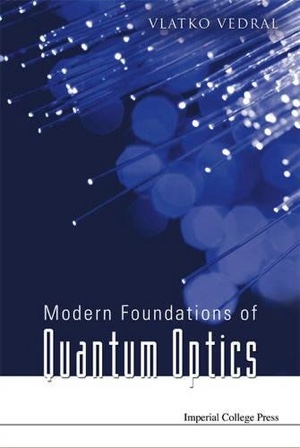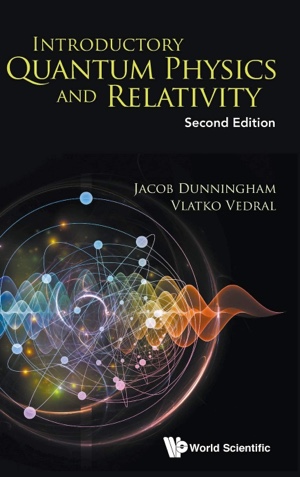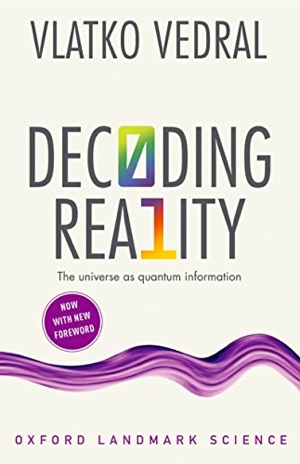It’s Only the Sound of a Rainbow (But I Like It)
A Zen koan is a statement (such as “what’s the sound of one hand clapping?”) meant to lead to a complete cessation of thinking. The whole point of Zen is to get us to be at one with the universe (“all is one and one is all”). Thinking, which is intimately linked with self-awareness (“I think therefore I am” comes to mind), stands in the way of achieving this unity (as far as Zen is concerned).
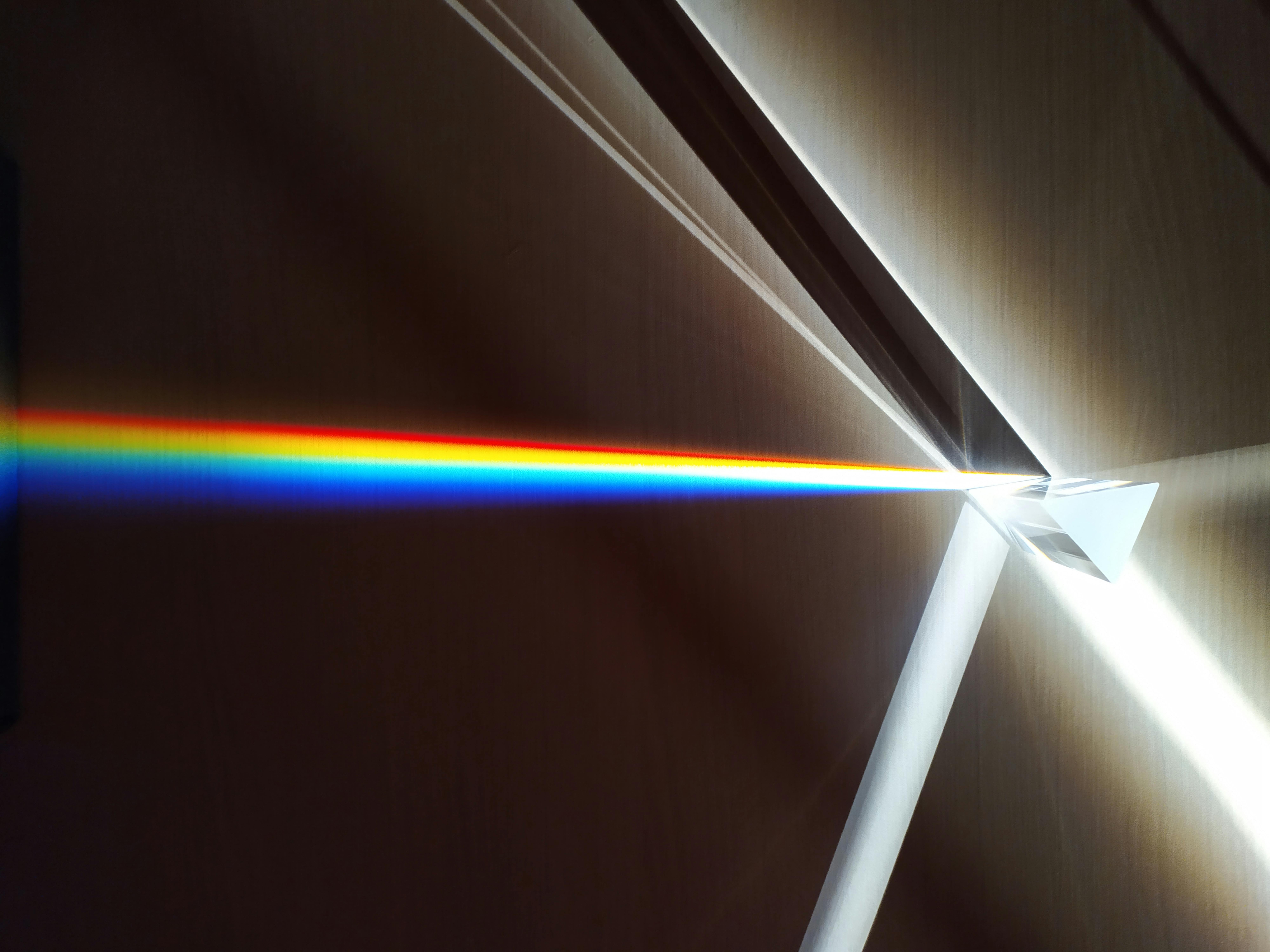
Photo by Dobromir Hristov: https://www.pexels.com/photo/optical-glass-triangular-prism-3845162/
The title of this blog, on the other hand, is not a Zen koan even though it might well resemble one. It is a topic of a legitimate scientific inquiry, and it’s meant to encourage thinking (at least of the creative kind).
Galileo said: “mathematics is the language of the universe”. One of the (one might say, unintended) benefits of using mathematics to understand nature is that phenomena which, at first sight, appear to be different to one another, are actually seen to be related when expressed in terms of maths.
My regular readers will know that the best description we have of all natural phenomena is in terms of waves (of the quantum kind, but this will not be directly relevant here). And the key piece of mathematics required to handle waves is the (no surprises here) “wave equation”. This equation relates the spatial variation of a wave to its temporal variation via the speed of the wave. All the wave phenomena (interference, diffraction, reflection, refraction and so on) are fully captured by the solutions of the wave equation.
So, water waves, sunlight and the sound all appear to be very different physical phenomena. Ultimately, however, they all obey one and the same wave equation (the only difference being the speed of respective propagations, which for water waves is different to light which is yet different to the speed of sound in the air).
What this means is that for every phenomenon we observe with light waves, there must also be an equivalent phenomenon involving water and sound waves. For instance, sound bends around corners and so this must mean that light does that too. And, yes, light indeed does that. In fact, it seems to me that we have extensive experimental evidence for all such correspondences bar one.
Enter rainbow. It has taken us a long time to understand the formation of a rainbow. It was clear to the Ancient Greeks that the rainbow has something to do with sunlight and raindrops, but – unfortunately – they didn’t have the wave equation to figure out the details of the mechanism. The first proper explanation was due to Newton, and his iconic prism dispersing white light into the rainbow colours was a beautiful demonstration of the basic physics behind the phenomenon.
But even Newton thought of light in terms of particles and therefore missed a few important details that rely on its wave nature. The fully modern explanation is due to Fresnel, a French physicist who wrote down the wave equation for light, and developed the full theory to understand light’s behaviour in different settings and scenarios. Back to the rainbow, and in a nutshell, when sunlight diffracts through a raindrop, different colours do so differently so that they end up exiting in different directions. The same story as with Newton’s prism.
And, the same thing ought to be true for sound. It is indeed. Surprisingly, the artificial “acoustic prism” was first made only as late as 2016. The honour goes to Hussein Esfahlani, Sami Karkar, Herve Lissek and Juan R. Mosig of Ecole Polytechnique Fédérale de Lausanne who did just that using a carefully designed metamaterial to (acoustically) mimic the optical prism.
This brings us to the main question of this blog: is there a naturally occurring acoustic rainbow? As far as I know no one has ever reported hearing anything like that. But, what should one be hearing when exposed to the sounds of an acoustic rainbow?
Here I can only speculate. The frequencies we see in a rainbow are about 12 orders of magnitude higher than the frequencies we can hear. So, if we take the colours of a rainbow and scale their frequencies down by 12 orders of magnitude, what would the tones be that correspond to these frequencies? It seems to me they would closely resemble the tones comprising the A-major cord!
One can’t help but wonder if nature is trying to tell us something with this. Of course, it’s most likely just an accident; however, a far more interesting option would be to entertain a wild conspiracy.
Everyone agrees that rock music started with Chuck Berry’s legendary song “Johnny B. Goode”.
Like most rock songs this one begins with the A cord, followed by (what else?) D and E cords. Is it just a coincidence that the sound of a naturally occurring rainbow would resemble the beginning of Johnny B. Goode? It probably is, but I prefer to think that God, just like me, is particularly fond of rock’n’roll.
Sign up to my substack
BOOKS
ASK ME ANYTHING!
If you'd like to ask me a question or discuss my research then please get in touch.
